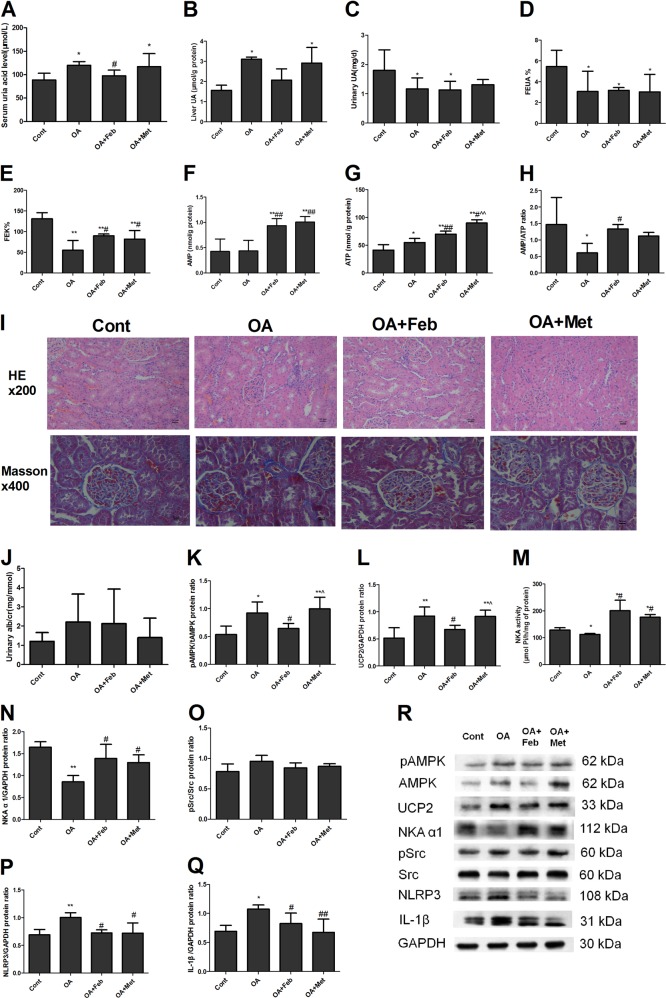Fig. 5. AMPK alleviated HUA-induced NKA impairment and renal tubular injury in vivo.
Male SD rats were administered gastric oxonic acid (OA, 750 mg/kg/day) for 8 weeks and administered Feb (3 mg/kg/day) or Met (250 mg/kg/day) for 4 weeks starting at the 5th week. OA rats showed significantly increased serum (a) and liver (b) UA levels; reduced 24 h UUA levels (c), FEUA (d), FEK (e); and reduced renal cortex AMP/ATP ratios (h). OA rats displayed renal tubular dilation with epithelial atrophy and interstitial infiltration of inflamed cells (i). OA rats also developed increased AMPK activation (k, r) and UCP2 levels (l, r), reduced NKA activity (m) and reduced NKA α1 subunit expression (n, r). OA also enhanced NLRP3 (p, r) and IL-1β (q, r) expression in the renal cortex. OA rats showed a tendency of increased UACR (j) and Src activation (p-Src/Src, o, r), but with no statistical significances. Metformin did not reduce serum UA levels (a) in OA-administered rats but demonstrated effects similar to those of febuxostat in that it increased FEK (e), AMP levels (f), NKA activity (m), and NKAα1 subunit expression (n, r) and attenuated NLRP3 (p, r) and IL-1β (q, r) expression. Metformin caused greater AMPK activation (k, r) and ATP elevation (g) and less UCP2 alleviation (l, r) than febuxostat in OA-administered rats. *P < 0.05 vs. Cont, **P < 0.01 vs. Cont, #P < 0.05 vs. OA, ##P < 0.01 vs. OA. ^P < 0.05 vs. OA + Feb, ^^P < 0.01 vs. OA + Feb

